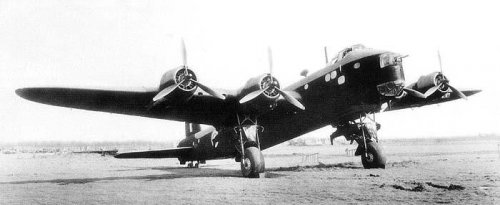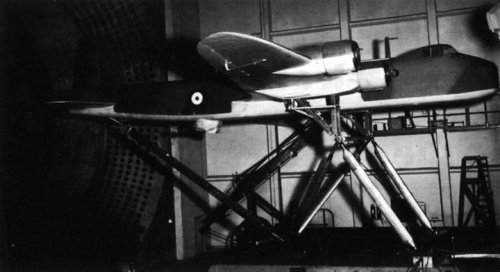Molson's and Taylor's "Canadian Aircraft Since 1909" confirms that Canadian Associated Aircraft was intended to assemble the Canadian Stirlings. Production was to follow the Hampden model, with established firms supplying major components to the two CAA assembly facilities. Following the disbandment of CAA (due to the Hampden issues and the cancellation of the Stirlings) the Malton CAA plant became part of Victory Aircraft, and the St. Hubert plant passed first to Canadian Vickers for Canso assembly and then to Fairchild for Helldiver production.
Canadian aircraft production at that time was a little confusing. CAA was part owned by National Steel Car, who annoyed the government by pursuing contract work outside of government channels (B-26 and Lancaster licences were obtained without the government being fully aware, and some company money was spent on preparing for production of Stirling parts before this was signed deal), while basically screwing up government contracts for Lysander production and several smaller jobs assembling and modifying American and UK aircraft for the BCATP. The government finally had enough, and nationalized the aircraft parts of National Steel Car in November 1942, forming Victory Aircraft from the remains of this and part of CAA. The management team from Canada Car that had had great success with the Hurricane program was brought in to run the Lancaster program, again with great success.
I suspect that part of the reason for cancelling the Stirling program was National Steel Car's heavy involvement, at a time when their senior management was not trusted by the government.


